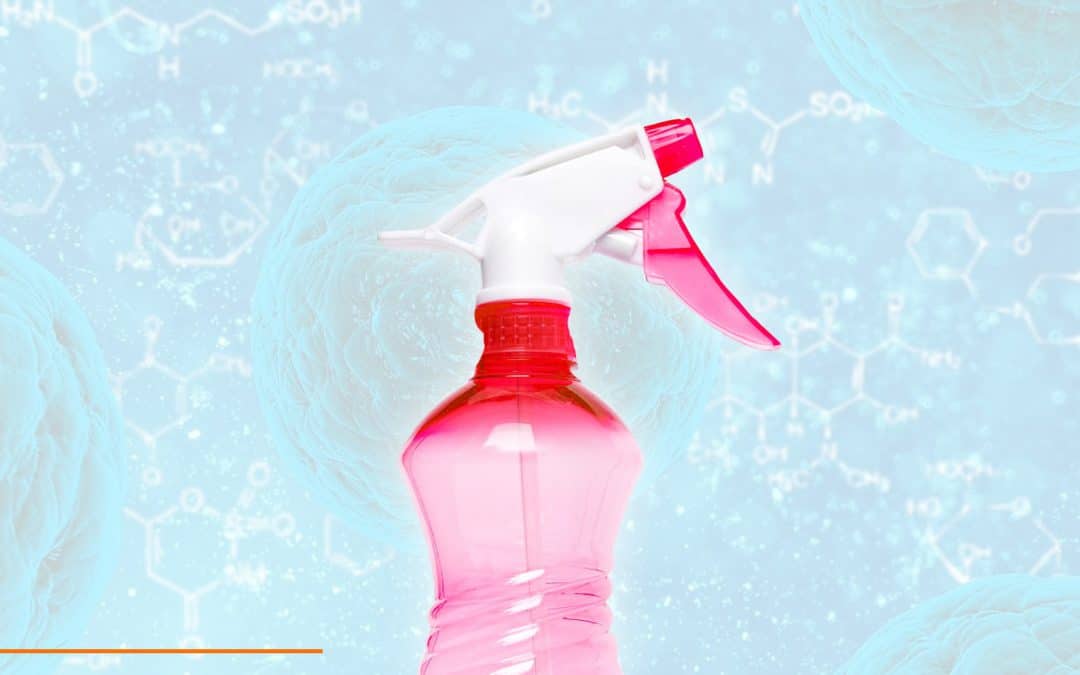Leon Fields, sales manager for Valley Janitor Supply, cites the many tests that have been conducted showing heightened bacterial levels when a rag is used over again.
“We go into so many school districts and we don’t want to carry cross-contamination from classroom to classroom, so we’ve been pushing wipes quite heavily,” he says.
According to a recent study conducted by the School of Pharmacy, Cardiff University, in Wales, disinfectant wipes outperformed a disinfectant sprayed on a rag. The study also concluded that each wipe should be used on a single surface to avoid cross-contamination.
Wipes and aerosols can also be an important component in sanitizing and disinfecting, but they must be used properly.
“People that just spray disinfectant tend to think that the disinfectant is going to do all the killing, and they don’t have to do any wiping or rubbing,” says Darrel Hicks, author of “Infection Prevention for Dummies.” “Keep in mind that we need to wipe after using an aerosol; we need to get a little aggressive with it.”

